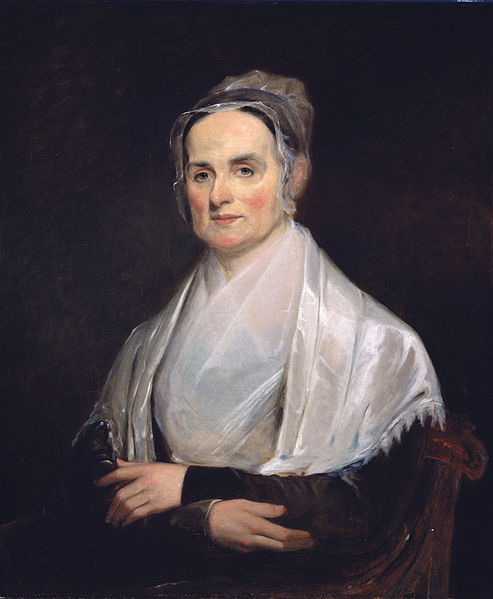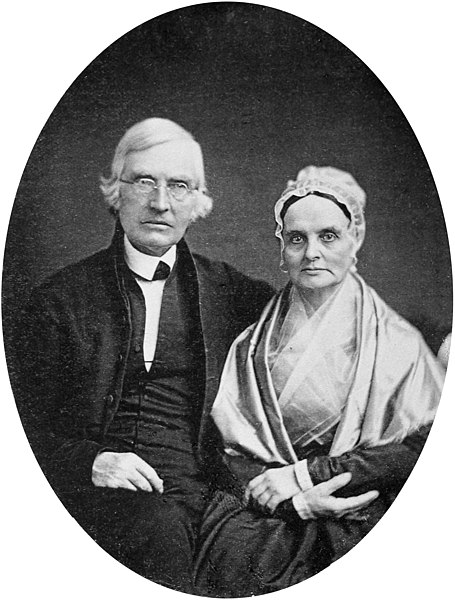Philadelphia Female Anti-Slavery Society
The Philadelphia Female Anti-Slavery Society (PFASS) was founded in December 1833, a few days after the first meeting of the American Anti-Slavery Society, and dissolved in March 1870 following the ratification of the 14th and 15th Amendments to the U.S. Constitution. It was founded by eighteen women, including Lucretia Mott, Mary Ann M'Clintock, Margaretta Forten, her mother Charlotte, and Forten's sisters Sarah and Harriet.
"Am I not a woman and a sister?" – the seal of the PFASS. This image was popularized by member Elizabeth Margaret Chandler, based on Josiah Wedgwood's male equivalent for the Society for Effecting the Abolition of the Slave Trade.
Philadelphia Female Anti-Slavery Society
Lucretia Mott was an American Quaker, abolitionist, women's rights activist, and social reformer. She had formed the idea of reforming the position of women in society when she was amongst the women excluded from the World Anti-Slavery Convention held in London in 1840. In 1848, she was invited by Jane Hunt to a meeting that led to the first public gathering about women's rights, the Seneca Falls Convention, during which the Declaration of Sentiments was written.
Lucretia Mott, at 49 years old (1842), at the National Portrait Gallery in Washington, D.C.
James and Lucretia Mott, 1842
Philadelphia Female Anti-Slavery Society, N 5th & Arch Streets, Philadelphia, Pennsylvania
Sculptor Lloyd Lillie's "The First Wave" statues in the Women's Rights National Historical Park Visitor Center. On the far left are Elizabeth Cady Stanton and Frederick Douglass (with Lucretia Mott and James Mott not visible behind them); of the two women in the front, the one on the right is Martha Coffin Wright; the man and woman standing together in the rear are Thomas M'Clintock and Mary Ann M'Clintock. The others are unidentified.





